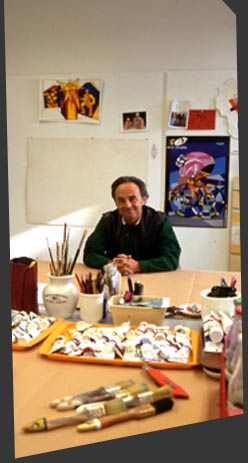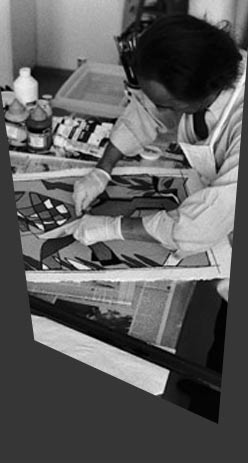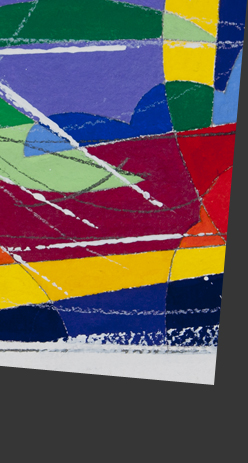The key to understanding of Ugo Nespolo’s art lies in the spirit of Dadaism by which he has been guided ever since his first experiments with artistic techniques and means of expression and the spirit of Futurism which convinced him to introduce movement and life to his work. [â¦]Â
Indeed, dynamism is such a constitutional feature of his art that he has been able to experiment with great effect with a whole range of media.
Nespolo obviously perceives film as a very immediate form of expression, a medium which enables him either to translate the stories he invents directly into an artistic form or to create a set of images for future use on paper, canvas or any other material. Another important feature of Nespolo’s work is the fun element, an essential aspect of his oeuvre which stimulates both the imagination of those involved in the filmmaking process and those who watch the end performance. Indeed, the pleasure of continuous surprise accompanies every gesture of his films, gilding every mysterious turn of events with a kind of casualness. Nespolo’s creativity is not the result of his skill with the kaleidoscope, but rather a product of his incredible mastery of chromatic and compositional criteria [â¦]. Despite the risks of homologation, repetition and self-satisfaction run by any perpetrator of an original form of art, Nespolo focuses on promoting a sensation of pleasure by transmitting a message whose quality and novelty strike the imagination of his spectators and enable them to participate in the event. [â¦] Nespolo enters the hearts and minds of his spectators in such a way as to dialogue with them in a language they both understand.
The language of film is now widely understood and, thus, it comes as no surprise to learn that some of Nespolo’s most dazzling works of 1993-1994 are based on posters of famous films. Yet rather than merely re-proposing the iconic images of the past, Nespolo manages to extrapolate the innermost essence of the films in question, giving new life to the images by means of a characteristic use of colour. His tried and tested puzzle approach is perfectly adapted to the acrylic medium as his wide splashes of colour create further flights of fantasy around the original nucleus of the painting. Nespolo uses the original film image in order to capture the attention of his observers, but then leaves them to create a new environment in which to set their emotions.




